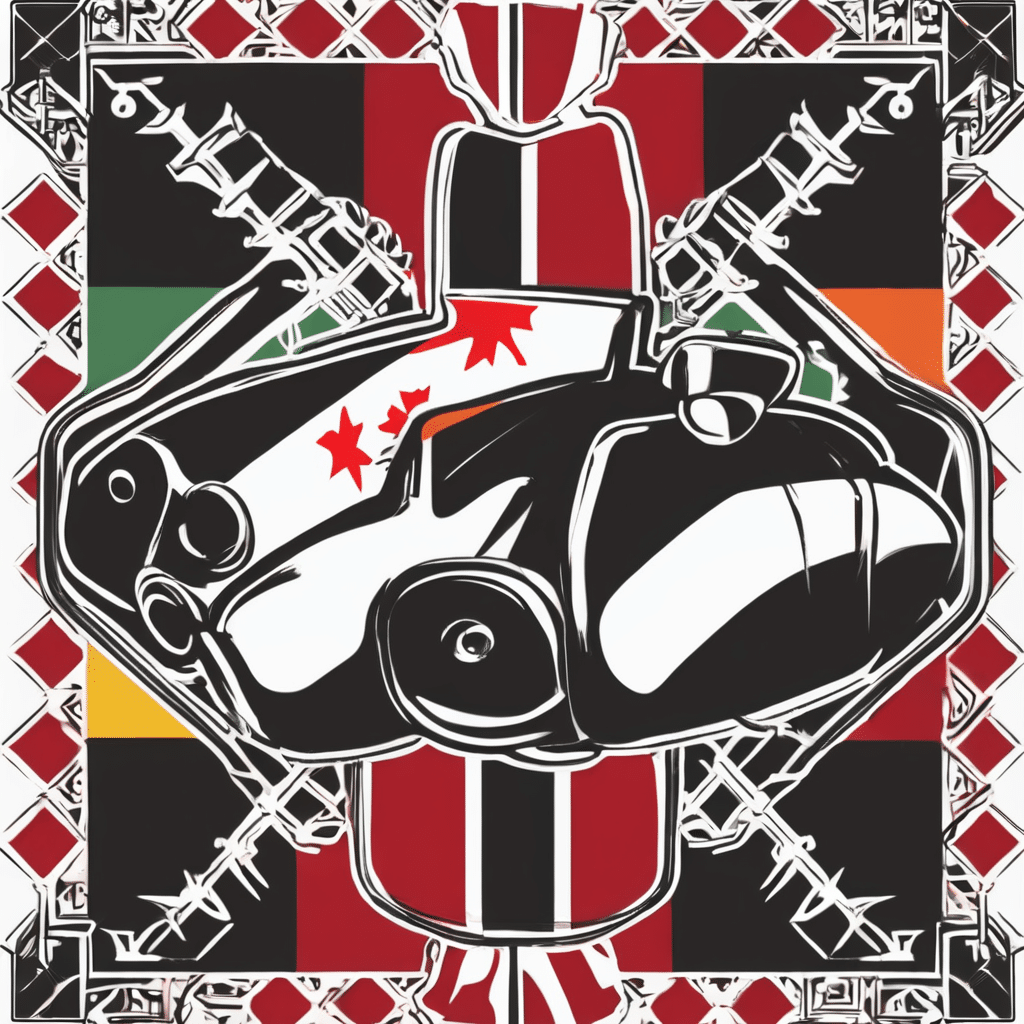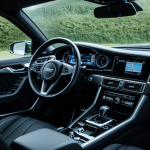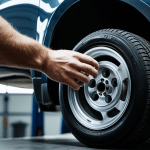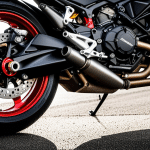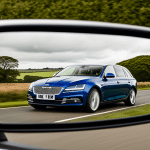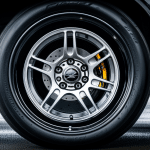Understanding Headlight Alignment for Vintage British Cars
Headlight alignment is crucial for vintage British cars due to their unique historical design and the need to comply with UK road standards. Originally, the headlights on these cars had distinct designs that reflected their era’s technology, making them a valuable feature for collectors. However, aligning them properly is essential to ensure safety and legality on the road.
Historical Significance of Headlight Design
Vintage cars from Britain boast distinctive headlight designs, showcasing the engineering marvels of their time. These features not only enhance the car’s aesthetic appeal but also require careful upkeep. Preservation of original design while ensuring functionality is paramount for enthusiasts.
A voir aussi : Revamp Your UK Vehicle with Eye-Catching LED Interior Lighting: The Complete Retrofit Handbook
Overview of UK Road Standards
In the UK, strict regulations dictate headlight alignment, focusing on beam direction and intensity. Compliance with these standards is mandatory to avoid fines and ensure safety. The laws are in place to prevent dazzling approaching drivers and to optimise road visibility.
Importance of Proper Alignment
Proper headlight alignment is crucial for both safety and legal compliance. Misaligned headlights can reduce visibility and increase the risk of accidents. By adhering to alignment standards, drivers of vintage cars ensure their vehicles are both roadworthy and respectful of fellow road users.
A voir aussi : Enhance Your Car’s Cooling System: Unlock Peak Performance Amidst the UK’s Weather Variability
Tools and Equipment Needed
When it comes to vintage car maintenance, having the right set of tools for headlight alignment is vital for both functionality and preservation. Ensuring you have the essential tools for alignment can make the process more efficient and accurate.
Essential Tools for Alignment
For successful alignment, a few fundamental tools are indispensable. You will need a spirit level, a tape measure, and a headlight beam setter or adjustment device. These tools help ensure that the headlights are perfectly horizontal and correctly illuminated.
Recommended Equipment for Accurate Measurement
For precise measurements, a digital light meter can be invaluable. This tool helps measure the intensity and spread of the headlight beam, ensuring compliance with UK road standards for both intensity and beam direction. Another recommended piece of equipment is an alignment gauge, which assists in setting the perfect angle for your vintage car’s headlights.
Additional Tools for Troubleshooting
In addition to alignment tools, carrying calibration tools is beneficial. These tools aid in fine-tuning and correcting any minor misalignments or issues that could arise during the process. A troubleshooting tool such as a continuity tester can also be immensely helpful for verifying electrical connections.
Step-by-Step Headlight Alignment Process
Proper headlight alignment in vintage cars is essential for safety and meeting UK road standards. Before beginning the alignment process, ensure the car is on a level surface and the tyres are inflated correctly.
Preparing the Vehicle
- Position the car around 10 feet from a flat surface, like a wall.
- Turn on the headlights and mark the horizontal and vertical centre lines of the beams on the wall with tape.
Detailed Step-by-Step Instructions
- Back up the car 25 feet while ensuring the tape lines on the wall remain visible.
- Use a spirit level to check that the car is level.
- Adjust each headlight individually. For vertical alignment, the top of the beam should be aligned with the horizontal tape line.
- For horizontal adjustment, the brightest spot should be to the right of the vertical tape line, preventing dazzling oncoming traffic.
Common Mistakes to Avoid
- Over-correcting the adjustments can cause misalignment.
- Ensure all screws are well-fastened post-adjustment, as loose fittings can lead to changes in position.
- Regularly check alignment, especially after maintenance or tyre changes, to keep headlights in optimal condition.
Addressing Common Issues in Vintage Headlight Alignment
Tinkering with the noble task of headlight alignment in vintage cars can sometimes be fraught with issues. Identifying misalignments is the first step, with telltale signs like headlights pointing too high or glaring off to the side, making night drives perilous. Symptoms often become evident when visibility reduces or other drivers flash their lights at you – a not-so-subtle hint something’s askew.
Identifying Misalignments
Misalignments manifest in various ways, from uneven beam distribution to glaring spots. Such discrepancies compromise both safety and compliance with UK road standards. Once detected, immediate adjustment is critical to restoring optimal performance.
Troubleshooting Common Problems
In tackling headlight issues, it’s vital to first inspect for loose mounts or worn gaskets that may interfere with stability. Replacement or adjustment of these parts might resolve misalignment. Electrical connections should also be checked to ensure that these are solid and free from corrosion, ensuring consistent light output.
Tips for Preventing Future Issues
To ward off future alignment woes, regular checks and maintenance are essential. Align headlights post any mechanical work that could disrupt settings, such as tyre changes. This practice doesn’t just prolong the life of your lights but assures vibrant visibility on the UK’s roads.
Legal Requirements and Safety Concerns
Understanding the UK road safety standards is paramount for vintage car enthusiasts. In the UK, headlight alignment for vintage cars must adhere to specific regulations that ensure beams are not overly intense or misdirected. These measures protect both the driver and other road users. Non-compliance can result in hefty fines, legal repercussions, and increased accident risks.
Overview of Legal Requirements
The UK mandates that all vehicles, including vintage ones, have properly aligned headlights to prevent dazzling other drivers. Headlights should illuminate the road effectively without casting light dangerously high or off to the side. Each headlight system in vintage cars must meet these safety parameters to be deemed roadworthy.
Consequences of Non-Compliance
Failure to comply with alignment standards exposes drivers to potential fines and penalties. Moreover, misaligned headlights can drastically diminish visibility, especially in low-light conditions, elevating the likelihood of accidents. Maintaining legal standards helps safeguard everyone on the road.
Safety Implications
Incorrect headlight alignment not only exposes drivers to legal issues but poses significant safety threats. Misalignments can obscure the driver’s view, complicate navigation, and increase collision risks. Ensuring proper alignment mitigates these dangers, providing clear visibility and confidence while driving.
Visual Aids and Resources
Understanding the intricacies of headlight alignment can be greatly enhanced with visual and interactive learning aids. This section explores the importance of diagrams, videos, and reading materials in facilitating effective headlight alignment for vintage cars.
Diagrams Illustrating Headlight Alignment
Diagrams play a vital role in clarifying the headlight alignment process. These visuals showcase correct alignment angles and beam positions, aiding enthusiasts in achieving precise alignment according to UK road standards. Clear illustrations can bridge the gap between theoretical knowledge and practical application, making complex adjustments easier to grasp.
Video Tutorials for Practical Guidance
Practical demonstrations, like instructional videos, offer an engaging way to learn headlight alignment. By providing step-by-step visual guidance, these resources help users tackle alignment tasks confidently and accurately. Videos cater to various learning styles, making them invaluable for those seeking to refine their vintage car maintenance skills.
Recommended Reading and References
Further exploration into vintage car headlight alignment can be found in curated reading materials. These resources delve into the historical significance and technical nuances of headlight design and alignment, offering a comprehensive understanding necessary for both enthusiasts and professionals alike.
